Welcome to the exciting world of digital assets, where NFTs and cryptocurrencies have captured the spotlight. As these terms gain popularity, it’s essential to navigate the choices wisely when confronted with a decision between the two. Read this NFT vs Crypto guide to uncovering digital assets’ secrets and exciting opportunities. Without further ado, let’s get started.
Table of Contents
How do NFTs Work?

NFTs function on the principles of blockchain technology, similar to cryptocurrencies. These tokens are created through smart contracts that establish ownership, provenance, and authenticity. NFTs possess a unique attribute: they are non-fungible, meaning each token is distinct and cannot be interchanged on a single basis.
How Non-Fungible & Fungible NFTs Work?
While cryptocurrencies are fungible, they can be exchanged on a like-for-like basis; NFTs embrace the concept of non-fungibility. Non-fungible tokens represent something unique, such as digital art. Each NFT holds specific properties, making it irreplaceable and distinct from other tokens. Fungible tokens are identical and can be exchanged without affecting their value.
How NFT Art Works:
NFT art has emerged as a groundbreaking medium, redefining the art world and its relationship with technology. Artists can mint their creations as NFTs, granting them digital ownership rights and enabling them to earn royalties from subsequent sales. NFT art takes various forms, including digital paintings, animations, and immersive virtual reality experiences.
The value of NFT art often stems from scarcity, the reputation of the artist, and the demand from collectors and enthusiasts.

I remember reading about an artist who sold a single NFT artwork for millions of dollars. In my opinion, NFT art represents the perfect fusion of creativity and technology. So, embrace the world of NFT art—it’s a journey you won’t want to miss, whether you’re an artist looking to branch out into the digital space or an art enthusiast eager to discover original masterpieces.
Step-By-Step Guide: How to Sell It?
Selling an NFT involves several steps that can be easily navigated with the right approach.
- Begin by selecting a suitable NFT marketplace that aligns with your goals.
- Upload your digital asset to the chosen marketplace and provide detailed information about the artwork, including its title, description, and relevant metadata.
- Determine your preferred pricing mechanism, whether through fixed prices, auctions, or bundled sales.
- Once your NFT is listed, actively promote it through various social media channels and engage with potential buyers.
- Monitor the progress of your sale and be responsive to inquiries and offers.
- Facilitate the secure transfer of ownership upon completion of the sale.
By following these steps, you can effectively navigate the process of selling an NFT. It’s important to choose the right marketplace, present your artwork accurately, engage with potential buyers, and ensure a smooth and secure transfer of ownership.
How to Create a Crypto Wallet:
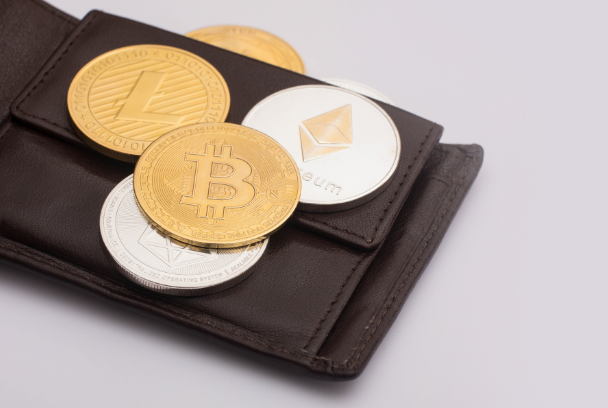
You require a crypto wallet to securely store and manage your digital assets if you plan to interact with cryptocurrencies or NFTs. To make your own crypto wallet, follow the steps below:
- You must start by researching different wallet options. Consider factors like security features, ease of use, and compatibility with the cryptocurrencies you plan to hold.
- Choose a wallet provider and create an account by following the registration process.
- Set up a strong password and ensure appropriate backup measures are in place.
- Once your wallet is ready, you will receive a unique address to send, receive, and store your digital assets.
By following these steps, you can create your own crypto wallet and have a secure means of storing and managing your digital assets in the world of cryptocurrencies and NFTs.
You might like to read: Coinbase Wallet: The Ultimate Gateway to Your Crypto World
NFT vs Crypto: Which to Choose?
When deciding between NFTs and cryptocurrencies, it’s important to understand their pros and cons. Let’s take a closer look at how they differ and the things you need to consider.
| Advantages of NFTs | Disadvantages of NFTs |
|---|---|
| Unparalleled Ownership and Provenance: NFTs offer a unique opportunity to own and prove authenticity for digital assets, providing artists and collectors with a powerful tool for showcasing their creations. | High Transaction Fees: Some NFT marketplaces, especially those built on the Ethereum network, can have high transaction fees, which may limit accessibility for artists and buyers. |
| Monetization Avenues: NFTs open up new avenues for artists and collectors to monetize their digital assets. With the potential for ongoing royalties from secondary sales, artists can establish sustainable revenue streams. | Environmental Concerns: The energy consumption associated with certain blockchain networks, like Ethereum, has raised concerns about the environmental impact of NFT transactions. Efforts are underway to explore eco-friendly alternatives. |
| Exclusivity and Direct Engagement: NFTs allow for direct engagement between creators and their audience, fostering a sense of exclusivity and community. |
| Advantages of Cryptocurrencies | Disadvantages of Cryptocurrencies |
|---|---|
| Financial Applications and Investment Opportunities: The crypto market is known for its volatility, influenced by factors like market sentiment, regulatory changes, and technological advancements. This volatility can lead to substantial gains or losses, emphasizing the need for cautious decision-making and risk management. | Volatility: The crypto market is known for its volatility, influenced by market sentiment, regulatory changes, and technological advancements. This volatility can lead to substantial gains or losses, emphasizing the need for cautious decision-making and risk management. |
| Potential for Lucrative Returns: Investing in cryptocurrencies, especially in the early stages, can potentially yield significant returns. However, it’s crucial to acknowledge the inherent volatility of the crypto market. Prices can fluctuate rapidly, so careful consideration and risk management are essential. | Regulatory Uncertainty: Cryptocurrencies operate in a regulatory landscape that is still evolving. Governments may subject them to scrutiny, take regulatory actions, or even impose bans. Such developments can significantly impact the value and acceptance of cryptocurrencies, creating uncertainty for investors. |
Read next: eToro Review
Exploring NFTs and Cryptocurrencies: Understanding the Basics

NFTs and cryptocurrencies have sparked a new wave of innovation, transforming how we perceive and interact with digital assets. Let’s delve into the basics and understand the underlying technology behind them.
NFTs: Leveraging Blockchain for Ownership and Monetization
1. Transparency, Immutability, and Security: NFTs leverage blockchain technology, ensuring transparency, immutability, and security for digital assets. Each NFT is uniquely identified and authenticated through a cryptographic hash, providing proof of ownership and preventing unauthorized duplication or alteration.
2. Popularity and Applications: NFTs have gained popularity in various industries, including art, collectibles, gaming, and virtual real estate. Owning a digital asset with verifiable scarcity and provenance has revolutionized the art market, enabling artists to monetize their creations and establish a direct connection with their audience.
Cryptocurrencies: Beyond Digital Art
1. Decentralized Digital Currency: Bitcoin, the first and most well-known cryptocurrency, introduced the concept of decentralized digital currency. It operates on a peer-to-peer network without intermediaries, allowing individuals to engage in secure and efficient transactions, especially in regions with limited access to traditional banking systems.
2. Crypto Wallets: To fully engage with cryptocurrencies, understanding the process of creating a crypto wallet is essential. A crypto wallet is a digital tool that enables users to store, manage, and transfer their cryptocurrencies securely. Choose between hardware, software, or online wallets, considering factors such as security features, accessibility, and user-friendliness.
3. Exploring the Crypto Market: Once you have set up your crypto wallet, you can explore the vast array of cryptocurrencies available for investment and trading. While Bitcoin remains the most prominent cryptocurrency, numerous altcoins and tokens offer unique features, use cases, and growth potential.
Watch this video: How To Start NFT PROJECT | CREATE NFT & Sell Fast Collection
Comparing NFTs and Cryptocurrencies
1. NFTs and Artists: NFTs empower artists by providing ownership and monetization opportunities. They establish direct connections with their audience and enable ongoing royalties. However, transaction fees and environmental concerns should be considered.
2. Cryptocurrencies and Financial Opportunities: Cryptocurrencies offer a broader range of financial applications beyond digital art, with the potential for significant returns. However, volatility and regulatory uncertainties require careful consideration and risk management.
By weighing the advantages and disadvantages of NFTs and cryptocurrencies, you can confidently navigate the digital asset landscape and choose the option that aligns with your aspirations and preferences. Remember to stay informed, conduct thorough research, and make educated decisions based on your circumstances and goals.
Read next: Unlock Your Investing Potential with 6 Freetrade Features
Step-By-Step Guide: How to Buy and Sell NFTs

1. Research NFT Marketplaces:
Research and select a reputable NFT marketplace that aligns with your interests and goals. Platforms like OpenSea, Rarible, and SuperRare offer various NFTs across various categories.
2. Create an Account:
Sign up for an account on the chosen marketplace. This typically involves providing an email address, creating a username, and setting a secure password.
3. Set Up Your Wallet:
Connect your preferred digital wallet to the NFT marketplace. Wallets like MetaMask or Trust Wallet allow you to securely store and manage your NFTs.
4. Fund Your Wallet:
Add funds to your wallet by purchasing cryptocurrency like Ethereum (ETH). This will be used to pay for NFT transactions and gas fees.
5. Explore NFT Listings:
Browse through the marketplace to discover NFTs that capture your interest. You can explore different categories like art, collectibles, virtual real estate, or even digital music.
6. Make a Purchase:
Click on the listing for more information once you’ve found an NFT you want to purchase. Look over the artwork, the description, and any other details the creator has provided. If satisfied, select “Buy” and proceed as directed to complete the transaction.
7. Selling Your NFT:
The process is similar if you are an artist or collector looking to sell your NFT. Create a listing for your NFT by uploading the digital asset, setting a price, and providing a detailed description. Once listed, potential buyers can make offers or purchase your NFT directly.
Happy NFT-ing! Congratulations! You’re now equipped with the know-how to navigate the world of NFTs. Enjoy exploring, buying, and selling these unique digital assets on your chosen marketplace.
You might love to read: NFT Works 101: The Beginner’s Guide to Understanding Non-Fungible Tokens
Guide on How to Create a Crypto Wallet
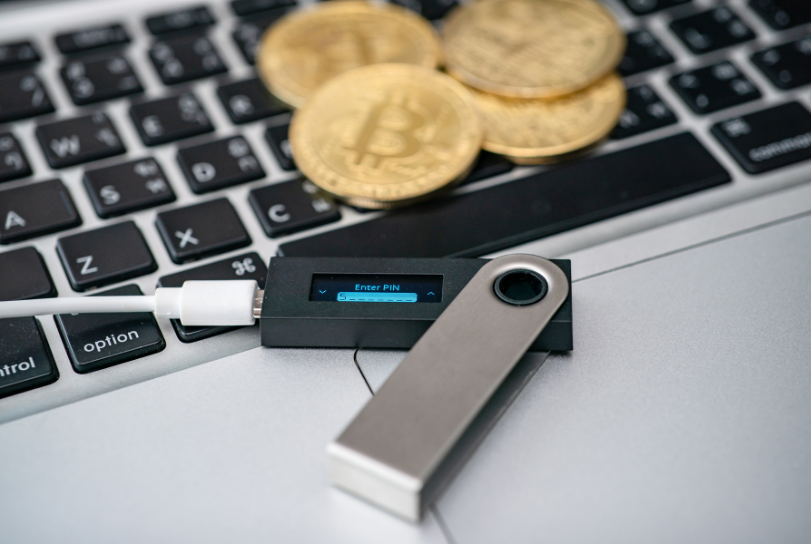
You have bravely stepped into the fascinating world of cryptocurrencies and are prepared to create your cryptocurrency wallet. Don’t worry; even if you’ve never done this, we’ve covered you with easy steps!
1. Explore the Wallet Options:
First things first, you need to do some research on different crypto wallet options. Check out their security features, compatibility with various cryptocurrencies, user-friendliness, and what other users say about them.
2. Find the Perfect Wallet according to your needs:
After doing your research, it’s time to select the wallet that best suits your needs. Hardware wallets like Trezor or Ledger are options to consider if security is your top concern. If convenience and accessibility matter more, use software wallets like Exodus or MyEtherWallet. Everything depends on your preferences.
3. Download or Get a Hardware Wallet:
You might need to download software to your device or buy a hardware wallet, depending on your wallet type. Follow the wallet provider’s instructions to set it up properly.
4. Get Your Unique Wallet Address:
Once your wallet is all setup, you’ll receive a special wallet address. This address acts like your crypto mailbox for sending and receiving cryptocurrencies. Cool, huh?
5. Keep Your Wallet Secure:
Safety first! Take steps to secure your wallet. Set a strong password and activate additional security features like two-factor authentication. Don’t set passwords like you used to in your childhood. It’s also crucial to back up your wallet’s recovery phrase or private key in a safe place—just like hiding a secret treasure!
6. Give It a Test Run:
Test out your wallet before you fully dive into the world of cryptocurrencies. Send a small amount of cryptocurrency to your wallet’s address, ensuring it gets there securely. It’s like dipping your toes in the water before taking a big splash!
Creating a crypto wallet is an exciting adventure, but taking your time, choosing wisely, and keeping your wallet safe are important. As we have explained everything you need to know, you’re ready to join the crypto community and explore the amazing possibilities that await you!
Read next: How to Trade on Binance: Ultimate Guide
Conclusion:
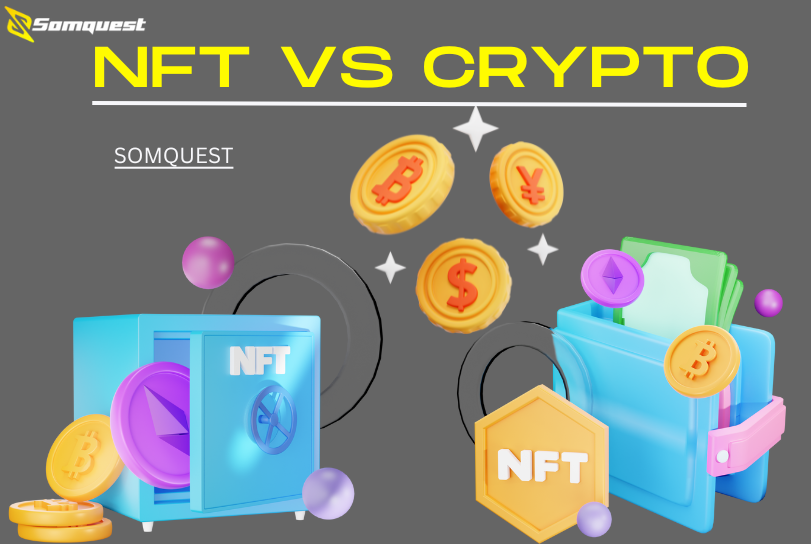
The choice between NFTs and cryptocurrencies ultimately depends on your interests, objectives, and risk appetite. NFTs offer artists unique ownership and monetization opportunities, while cryptocurrencies provide a broader range of financial applications and investment potential.
When considering NFTs, be mindful of transaction fees and environmental concerns. For cryptocurrencies, volatility and regulatory uncertainties should be taken into account. Both sectors are dynamic and evolving, so staying informed and making educated decisions based on your circumstances and goals is essential.
As you begin your exploration of the world of NFTs and cryptocurrencies, keep in mind to do extensive research, stay up to date on the most recent developments, and seek advice when required.






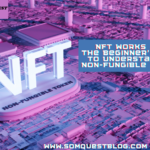





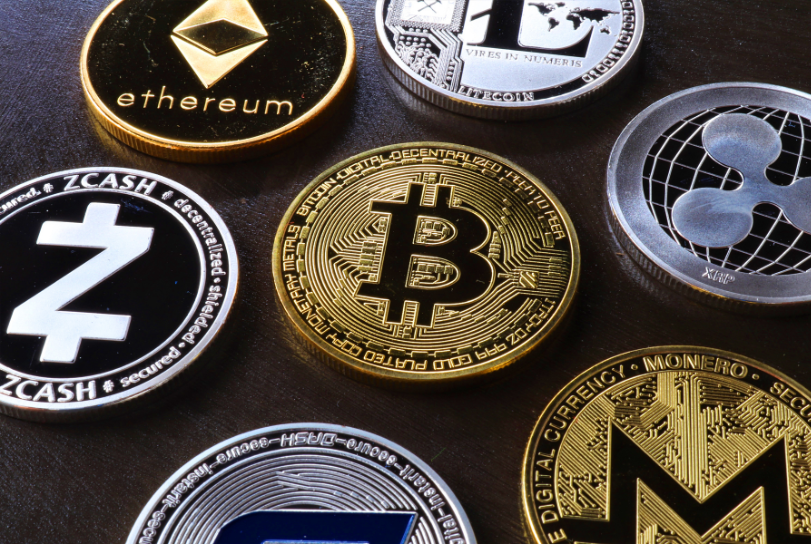

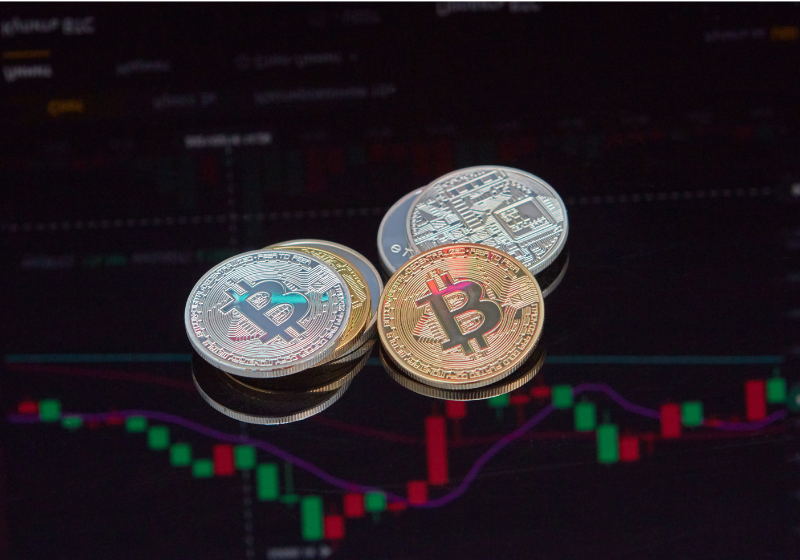

Leave a comment